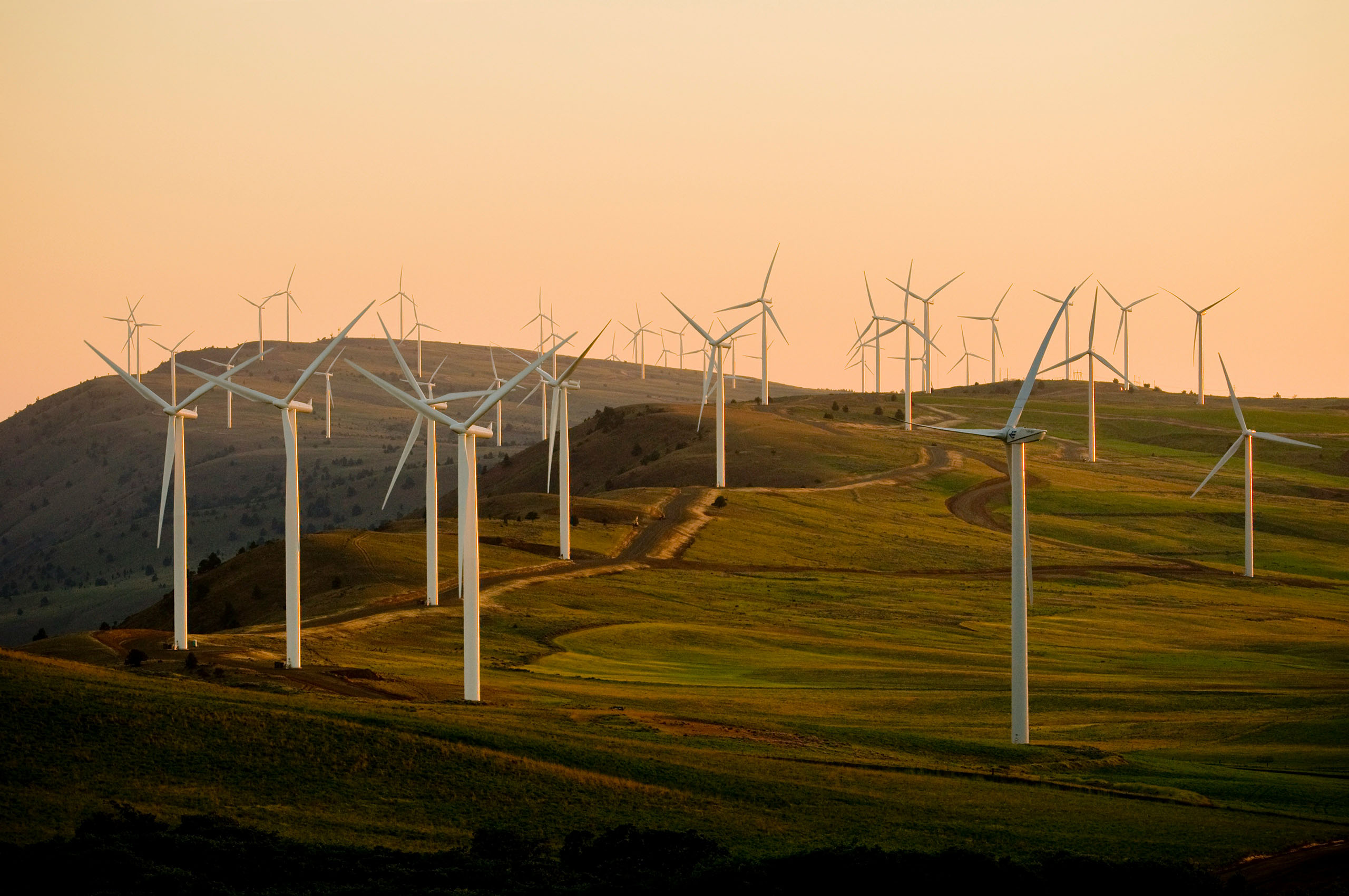Private Energy Communities and Power Ledger
/ 4 min read
Table of Contents

I had the opportunity to observe a project in Bangkok’s T77 district that deployed a pioneering peer‑to‑peer (P2P) electricity trading pilot. Office buildings, shopping malls and apartment blocks shared surplus solar generation, producing roughly 4 MWh per day. The project earned the 2022 Southeast Asia Clean Energy Solution of the Year award.
That experience inspired me to consider how a similar model could work in the Czech Republic and, more broadly, in Europe. This article summarises the idea.
Community Energy Sharing
Community energy is not a new idea. The first renewable cooperatives emerged in Germany and Denmark in the 1980s, where farmers pooled wind turbines or PV arrays and shared both costs and revenue, often with minimal connection to the public distribution network (PDN).
With the arrival of smart meters and increasingly decentralised grids, the concept has gained momentum in European energy policy.
In December 2018 the Renewable Energy Directive II (RED II) obliged EU member states to transpose community energy into national law by 30 June 2021. The Czech Republic missed the deadline; the legal framework enabling collective self‑consumption did not enter into force until 2024.
RED II gives every citizen the right to generate, consume, store, share and sell renewable electricity.
Energy Communities in the Czech Context
A Czech energy community can be incorporated either as an association or a limited‑liability company. Members include prosumers (who both produce and consume) and pure consumers. Picture a village where 30 houses have rooftop PV and 50 houses only draw electricity.
The community agrees internal rules—tariffs for intra‑community power transfers, cash‑flow allocation, etc. The whole village remains connected to the PDN. When prosumers export excess generation to the grid, other members virtually “withdraw” it. Any residual demand is covered by the supplier at the prevailing market price, with settlement handled by the market operator (OTE).
The long‑term goal is direct P2P trading between individual members—or even between different communities—but Czech legislation has not yet opened that option. For now, collective self‑consumption is firmly tied to the existing distribution and settlement architecture.
Power Ledger and Blockchain
Two elements are crucial for a functioning energy community:
- Data integrity – trustworthy smart‑meter data on generation and consumption.
- Trustless settlement – assurance that billing is correct.
In the conventional system the state guarantees this trust through legislation, licensed suppliers and regulators.
When a community manages the process itself, questions arise:
- Did the neighbour really inject as many kilowatt‑hours as claimed?
- Did another neighbour only consume what the meter shows?
- Are payments settled correctly?
For the regulator an energy community is a “black box”. A simplified monthly statement could look like this:
| Source | Energy |
|---|---|
| Public distribution network | 160 kWh |
| Community generation | 100 kWh |
PDN consumption is already audited, but the community part needs an additional trust layer. Power Ledger provides it through a permissioned blockchain, which:
- stores production, consumption and payment records immutably on‑chain,
- distributes validation across several authorised nodes, and
- replaces trust with cryptographic proof.
Power Ledger Tokenomics
Power Ledger runs on EcoChain, a permissioned ledger where only approved validators—Power Ledger and selected partners—can write blocks. Full decentralisation therefore exists mainly at the community layer.
The platform uses two tokens:
- POWR – a publicly traded utility token on the Ethereum network.
- SPARKZ – an internal settlement token used for paying for electricity inside a community.
A community stakes a certain amount of POWR as a digital bond. This unlocks the right to mint SPARKZ for internal settlement.
Each member keeps a wallet (mobile app) where SPARKZ can be purchased with fiat currency. Net consumers regularly top up SPARKZ, while prosumers receive SPARKZ for exported generation.
The fiat funds are held by the community’s legal entity, which maintains statutory accounting. Power Ledger supplies metering, allocation and on‑chain settlement as a technical service provider.
POWR serves as an economic deterrent against unlimited SPARKZ issuance and underpins system integrity.
The POWR Utility Token
POWR is listed on exchanges such as Binance. Unlike many altcoins it is not primarily a speculative asset; it is a utility token with a clear on‑chain role linked to real‑world electricity settlement. This linkage to physical infrastructure strengthens its credibility.
As more communities adopt Power Ledger, demand for POWR—and potentially its market price—should rise. POWR therefore occupies a rare position: a digital asset whose value is tied to a tangible service.
Conclusion
Community energy is poised for rapid growth in Europe. Whether platforms like Power Ledger can thrive in the EU’s heavily regulated landscape remains to be seen, but existing pilots are encouraging.
Should legislation eventually allow full P2P trading, the model could become even more decentralised, leading to more efficient and sustainable local energy ecosystems where ordinary citizens play an active role.
I am eager to watch how inherently decentralised solutions such as Power Ledger adapt to Europe’s regulatory environment.